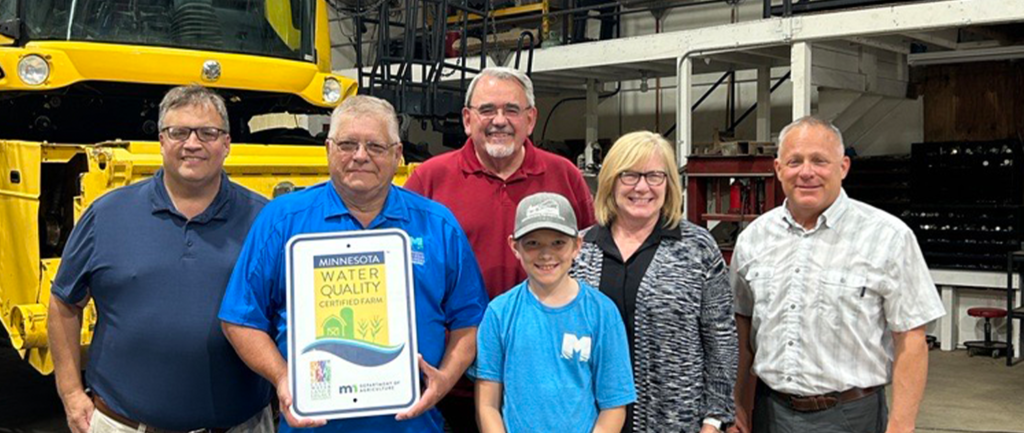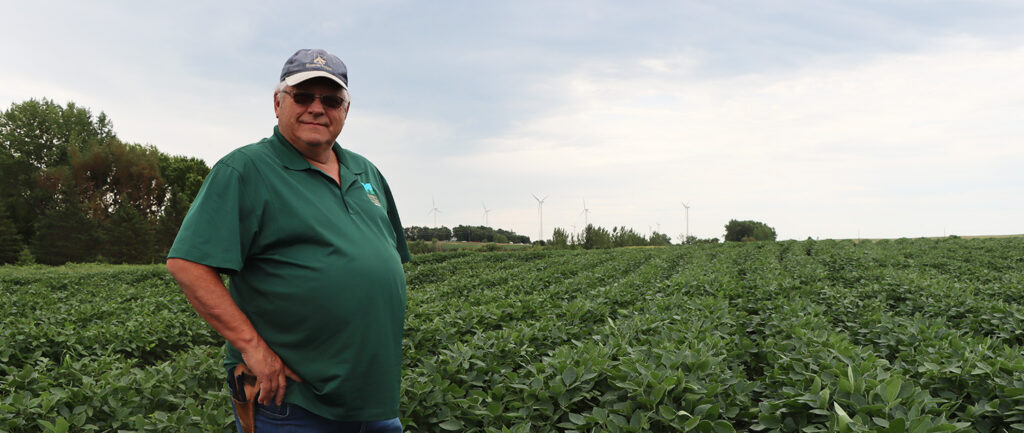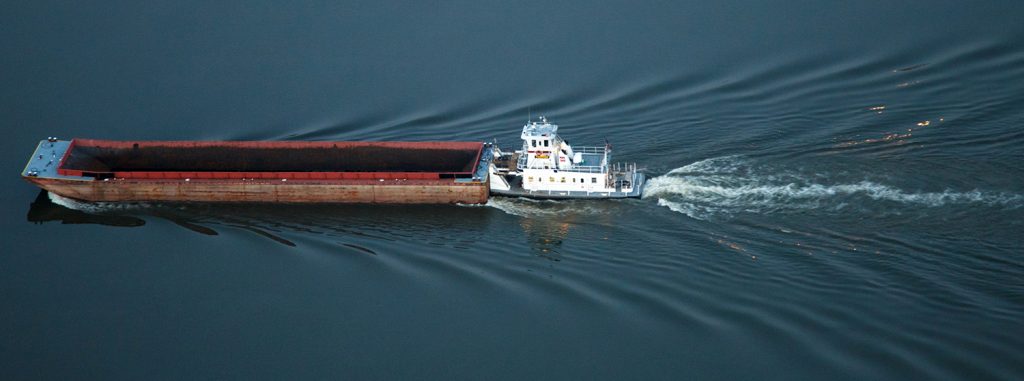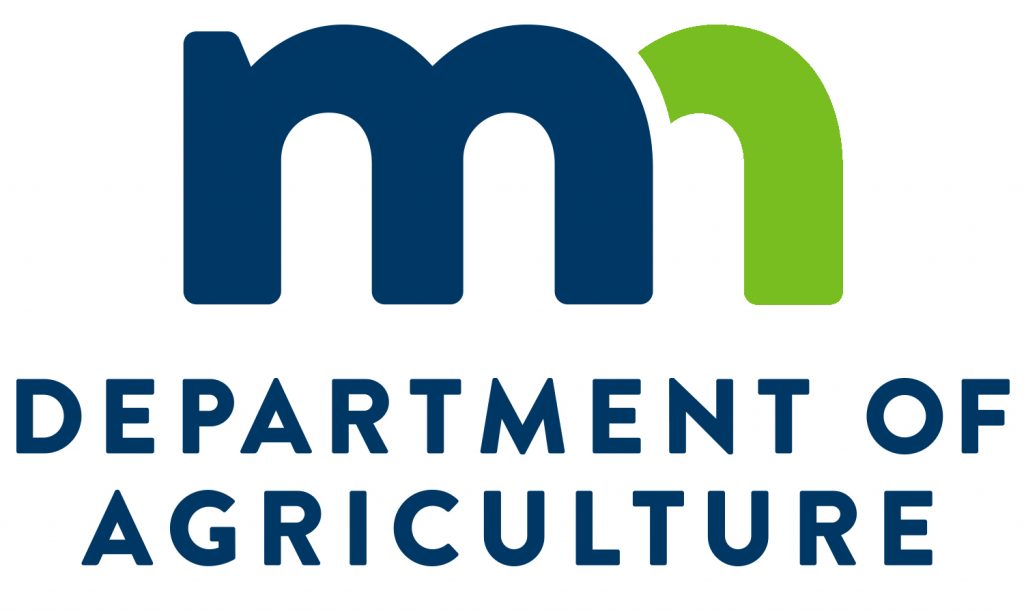MSGA disappointed with overall tenor of MDA’s proposal
The Minnesota Department of Agriculture (MDA) released Tuesday its proposed Nitrogen Fertilizer Rule, and as proposed in March, soybean cropland received an exemption.
The rule will be published in the State Register on April 30, and publication triggers the start of a formal comment period, which will be open until July 26.
“When I traveled the state last summer to hear farmers’ concerns, I promised the Groundwater Protection Rule would have a healthy dose of common sense. I think we have achieved that,” said MDA Commissioner Dave Frederickson. “I encourage anyone with interest in the rule to provide their feedback through the rulemaking process. In an effort to ensure all stakeholders have the opportunity to have their voices heard, we have extended the traditional 30-day public comment period by 50 days and will hold an 80-day public comment period.”
Minnesota Soybean Growers Association (MSGA) President Michael Petefish said staff is still reviewing the rule, but ultimately said MSGA is concerned by the proposal.
“MDA has been trying to rebrand this rule as the Groundwater Protection Rule,” he said. “This rule isn’t about protecting groundwater. If it was about protecting groundwater, everybody using N Fertilizer would be regulated. Ultimately, this rule is about regulating owners of cropland.”
The MDA exemption for soybeans states:
The commissioner shall conduct an evaluation in designated mitigation level 2 drinking water supply management areas to determine whether the nitrogen fertilizer best management practices approved by the commissioner have been implemented by responsible parties on at least 80 percent of the cropland, excluding soybean cropland.
“What this means is when a Drinking Water Supply Management Area exceeds the 5.4 mg level, management of that DWSMA will include a plan to implement best practices on at least 80 percent of the cropland,” said Joe Smentek, an environmental attorney and director of public affairs for MSGA. “The soybean exemption simply means that if there are 100 acres of land in the DWSMA, and 20 acres are soybeans, the remaining 80 acres will be surveyed to see ensure 80 percent of those acres have bmps in place and that they are being followed.”
Petefish questioned the validity of the rule on many fronts.
“As a farmer, there are several things to be worried about in this rule,” he said. “For one, the rule essentially places restrictions on two types of N in a small portion of the state while giving blanket exemptions for a good portion of this state. Also exempted from this rule are landowners in urban areas, golf courses, even in vulnerable DWSMAs, the University of Minnesota and the Governor’s mansion.”
Petefish says the rule is hastily made and exceeds the commissioner’s authority.
“If I want to apply manure on a field, I can do so with a manure management plan that has been approved by the MPCA commissioner (Minnesota Pollution Control Agency),” Petefish says. “Yet this proposed rule gives the commissioner of MDA the authority to add additional restrictions to a manure management plan, which he lacks the authority to do.”
Rulemaking timeline
The publication of the proposed rule triggers a formal comment period during which anyone can submit comments on the proposed rule to the Office of Administrative Hearings (www.mn.gov/oah).
Petefish says it is important farmers submit written comments to ensure the comments are published. He also chastised Gov. Mark Dayton and MDA for pushing for this rule to be completed before the Governor’s term ends in office.
“People need to realize that this rule was written to regulate owners of cropland who use urea and anhydrous. No other sources are being considered when looking to decrease nitrogen levels in a DWSMA,” Petefish said. “As is, MDA will have no one to blame but themselves when farmers are in compliance but nitrogen levels remain above attainment levels.”
Here’s a look at how the timeline shakes out:
April 30 – The State Register publishes the proposed Groundwater Protection Rule and Statement of Need and Reasonableness.
April 30 – July 26 – Time period for submitting comments on the rule to the Office of Administrative Hearings.
May/June – The Department of Agriculture holds information sessions on the draft Groundwater Protection Rule and how to participate in the rulemaking process. (Attendance at an information session does not count as providing input on the proposed rule; all input must be submitted to the Office of Administrative Hearings.)
Fall 2018 – The Office of Administrative Hearings reviews the comments and drafts a report approving, approving in part, or disapproving the proposed rule.
December 2018 – The Department of Agriculture submits the final Groundwater Protection Rule to the Governor for signature.
For more information on the rule and to view the list of the five public hearings before an Administrative Law Judge, go to: www.mda.state.mn.us/nfr





